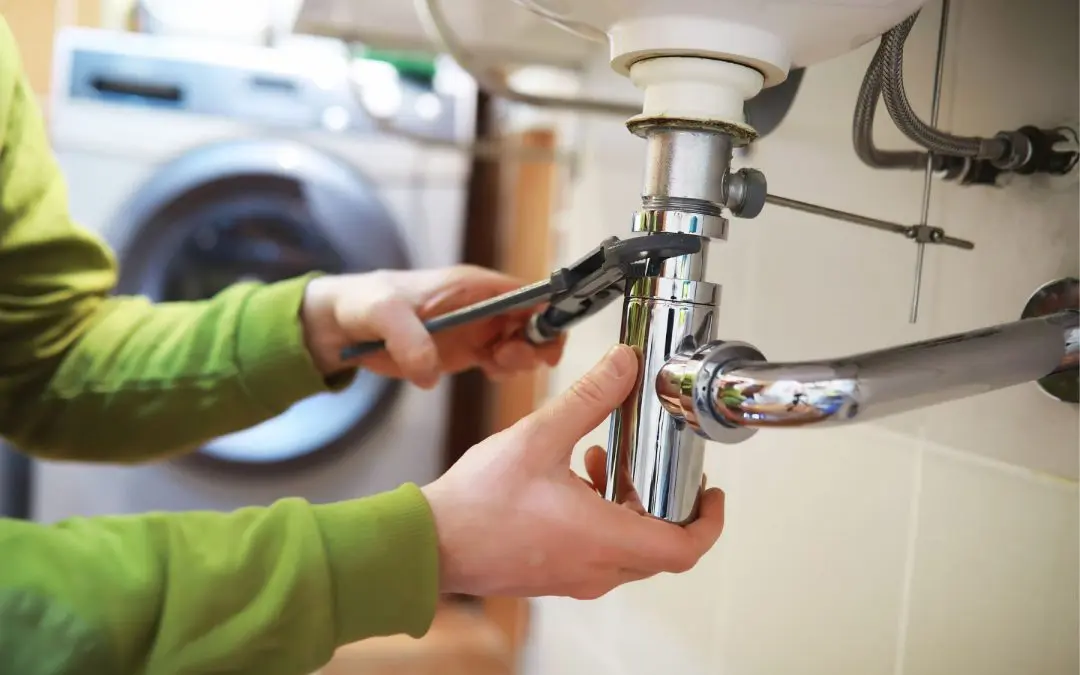Regular, focused plumbing maintenance can prevent small issues from snowballing into costly disasters and extend the lifespan of your pipes and fixtures. Think of this as your practical guide to becoming a knowledgeable advocate for your home’s unseen infrastructure.
Plumbing Maintenance: The Power of Prevention
Maintaining a healthy plumbing system starts with simple, consistent habits. What you put down your drains matters tremendously. For kitchen sinks, the golden rule is simple: grease and oil belong in the trash, not the drain. Even hot water won’t fully prevent grease from cooling and solidifying inside your pipes, leading to stubborn clogs over time. Scraping plates before washing is one of the most effective ways to protect your kitchen drain.
In the bathroom, the focus shifts to hair and foreign objects. Hair is a notorious drain clogger, combining with soap scum to form near-impenetrable blockages. Simple drain screens or strainers are cheap insurance against this common issue. Furthermore, remember that the toilet is not a trash can. The only things that should be flushed are human waste and toilet paper. “Flushable” wipes, paper towels, and hygiene products should always be disposed of in a wastebasket.
Taking a Closer Look: Routine Inspections and Checks
Beyond daily habits, regular visual checks can alert you to potential problems before they escalate. Make a habit of checking under all your sinks—kitchen and bathroom—at least once a month. Look for water stains or condensation on the base of the cabinet, which often indicates a slow, hidden leak at a pipe connection or the P-trap. Catching a leak early can save you from significant water damage and mold remediation down the road.
Another area to inspect is your water heater. Most manufacturers recommend flushing a small amount of water from the water heater tank once a year. This process helps remove sediment buildup at the bottom of the tank. Sediment not only reduces the heater’s efficiency, making it work harder and increasing your energy bill, but it can also shorten the appliance’s life. Consult your owner’s manual for the specific procedure for your unit.
Preparing Your Plumbing for Seasonal Changes
Plumbing maintenance has seasonal considerations. In colder climates, winterization is key. The primary focus is on preventing frozen and burst pipes, which is perhaps the most destructive plumbing failure a homeowner can face. Disconnecting and draining outdoor hoses is non-negotiable, as is draining water from outdoor spigots and, if possible, insulating any exposed pipes in unheated areas like crawl spaces, garages, or basements. Even a modest amount of insulation can be the difference between an intact pipe and a flooded basement. During severe cold snaps, opening cabinet doors to allow warm air to circulate around pipes under sinks can offer added protection.
By adopting these simple, proactive habits—from mindful drain use to routine inspections and seasonal preparation—you are ensuring your home’s plumbing system operates smoothly and efficiently. This effort protects your investment, saves you money on utility bills, and, most importantly, provides the peace of mind that comes from knowing your home is in good working order.
Plumbing Maintenance: Frequently Asked Questions
How often should I snake my drains?
Drains should only be snaked when they are actually clogged. Using a drain snake regularly as a preventative measure is generally unnecessary and can potentially damage the inside of your pipes or protective coatings. Focus on preventative measures like drain strainers and proper disposal of waste instead.
Are chemical drain cleaners safe to use?
Most plumbers recommend avoiding chemical drain cleaners. They often contain harsh chemicals that can damage certain pipe materials, such as older metal pipes or PVC, and are usually only a temporary fix. For clogs, it is better to use a plunger, a small hand-held drain snake, or call a professional if the clog persists.
Why does my toilet run constantly?
A running toilet is a common issue and is typically caused by a failing flapper valve, which is the rubber seal at the bottom of the tank that holds water. Over time, these seals degrade, allowing water to slowly leak into the bowl. This is usually an inexpensive and easy fix that can be done with a universal replacement kit.
What is the P-trap for?
The P-trap is the curved pipe located directly underneath your sink. Its crucial function is to hold a small amount of water at all times, creating a water seal that prevents sewer gases from entering your home through the drain. It is also the spot where small items accidentally dropped down the drain are often retrieved.
Legacy Property Inspections offers comprehensive home inspections in Southeast Georgia. Contact us to request an appointment for our services.

